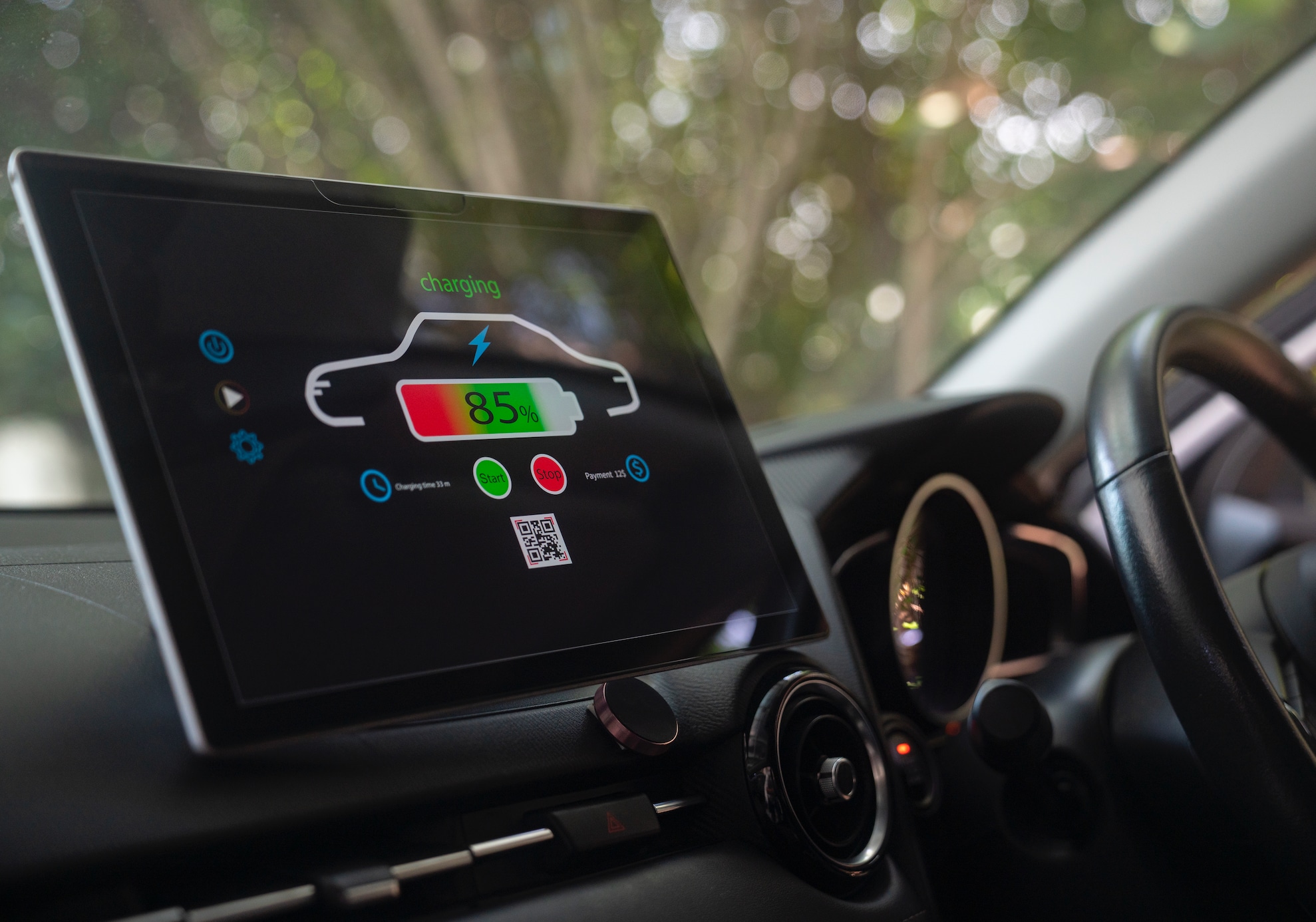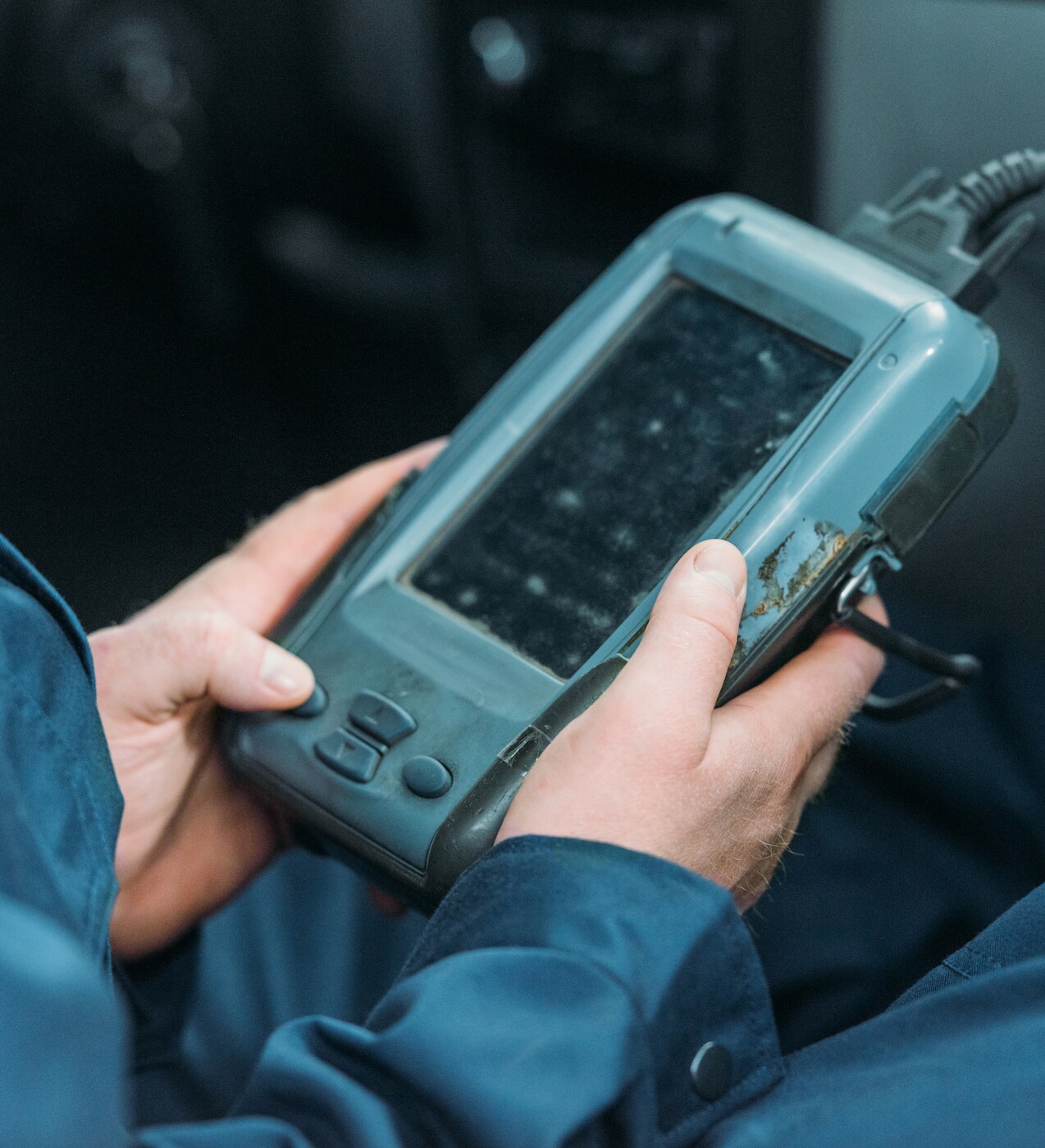My wife and daughter made a long drive from Seattle, Washington to Ashland, Oregon about 20 years ago and just as they were coming into Ashland, the "Limp Mode" icon appeared menacingly. She called me and asked what it meant. I explained the concept of limp home mode and asked if she noticed anything unusual such as the engine running rough, the revs being limited, or if the transmission was restricted in some way. Turns out the transmission was indeed restricted, and I suggested she take the car to a mechanic right away.
It seems the transmission fluid was low and had overheated. Luckily, we caught the problem in time before the tranny was burnt to a crisp. A transmission fluid flush was carried out and new fluid was added. The family was soon back on the road fairly quickly and safely.





